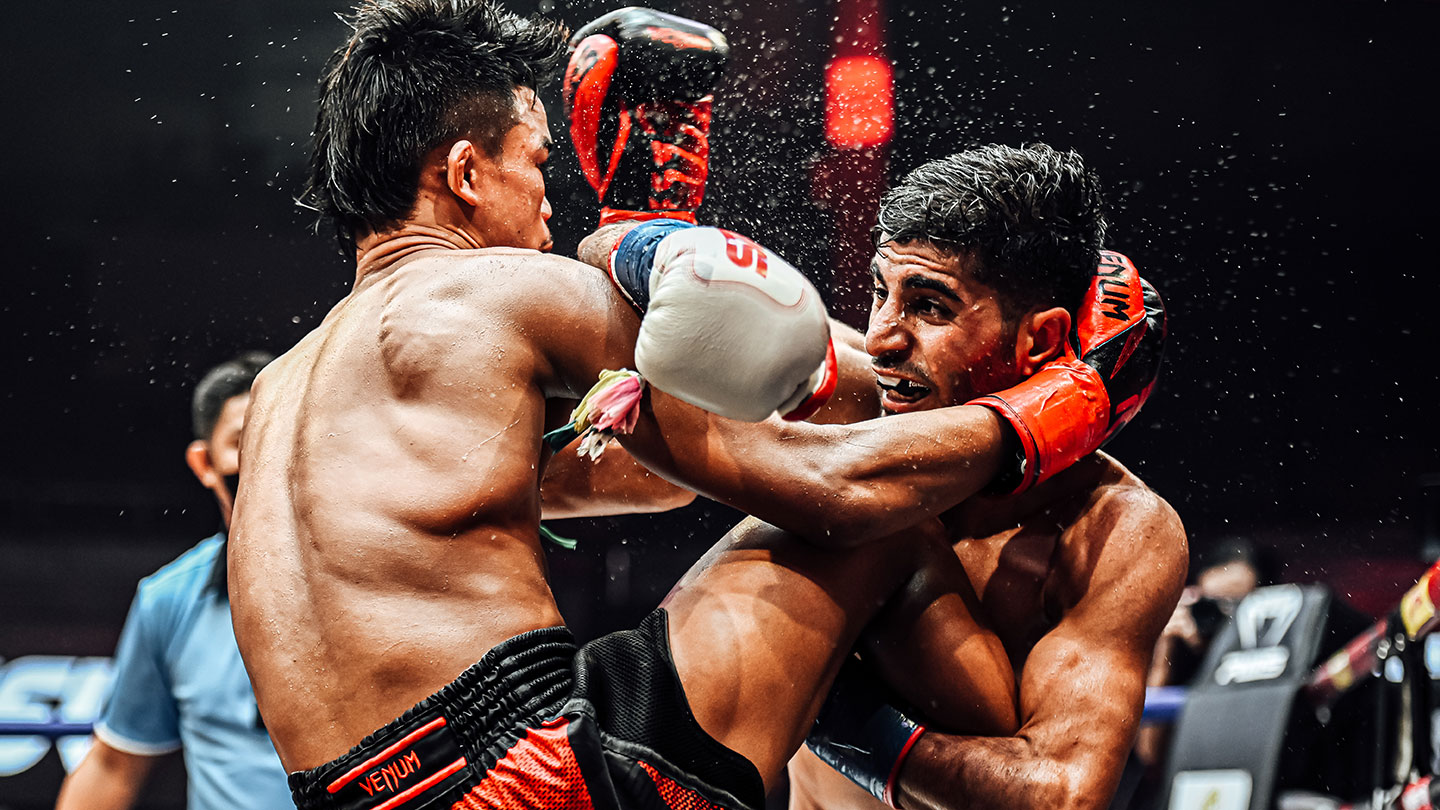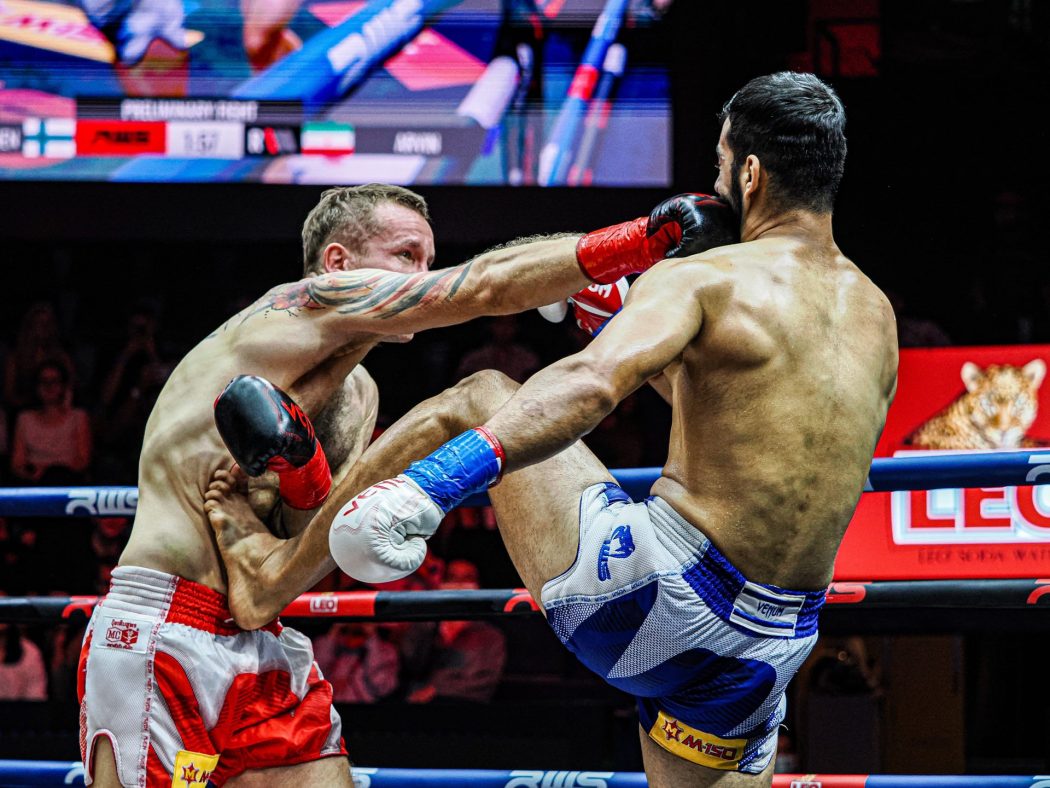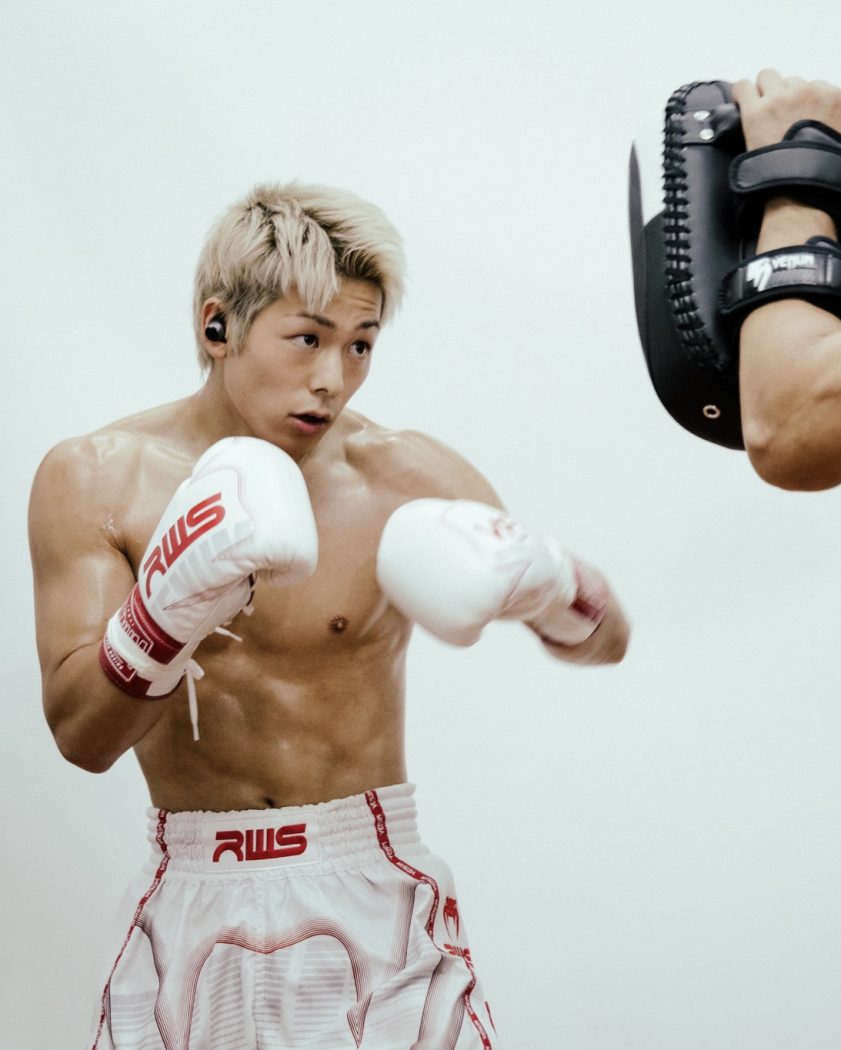Discover the contrasts between Muay Thai and Taekwondo. From techniques to training, explore which martial arts suits you best.
Apr 13, 2024
Muay Thai vs Taekwondo: Which One is More Effective?

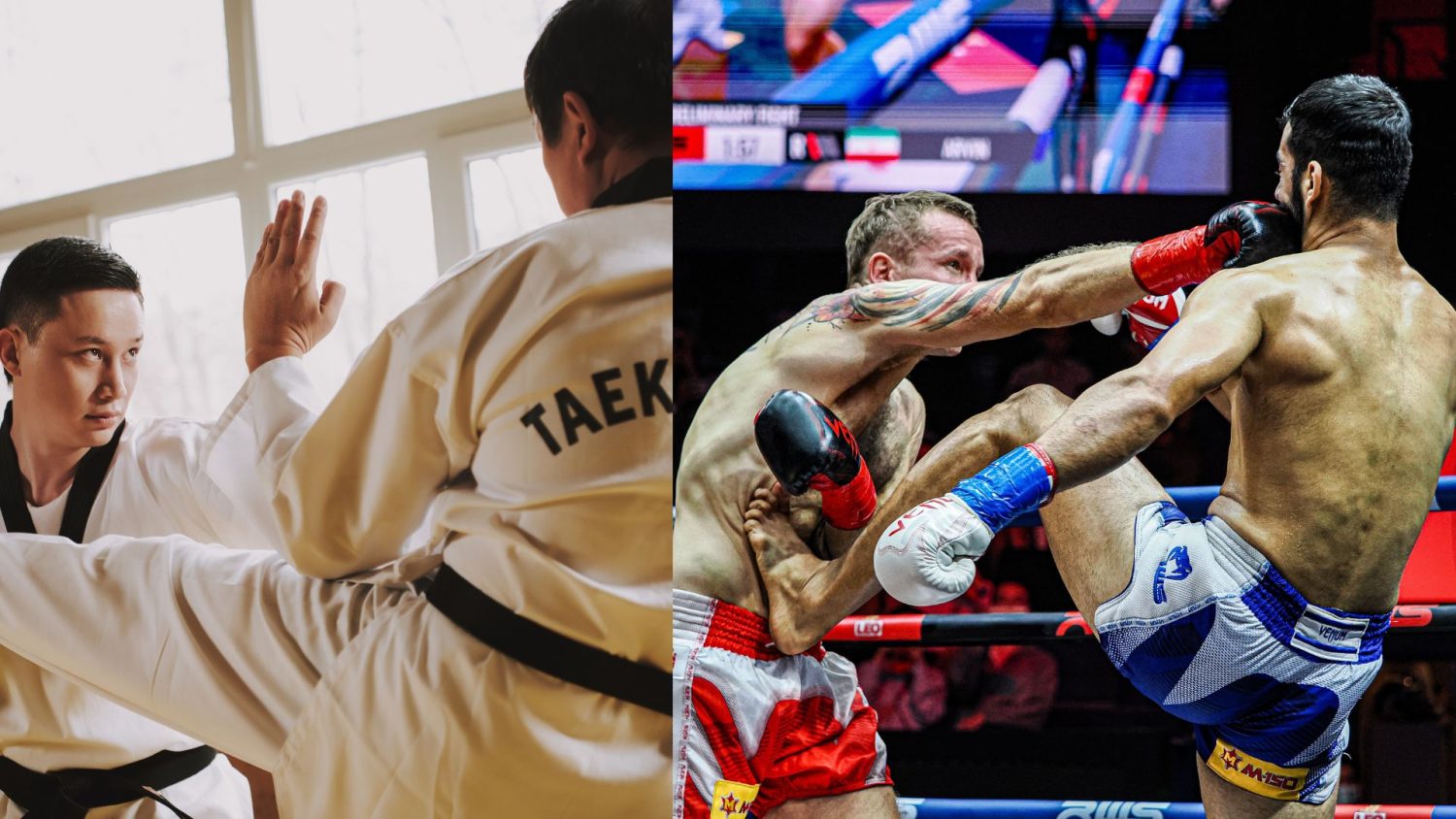
For martial arts, the ongoing discussion about effectiveness often centers around the practicality and versatility of different disciplines. In this Taekwondo vs Muay Thai article, we will delve into the comparison between Muay Thai vs Taekwondo, two martial arts that have gained global attention. We’ll provide a concise overview of each, digging into their origins, key characteristics, and cultural influences. Whether you’re a seasoned martial artist or a newcomer contemplating the right path, this exploration aims to offer straightforward insights into Muay Thai and Taekwondo, helping you better understand their unique attributes and assess their effectiveness in various contexts.
Techniques and Fighting Styles

Muay Thai and Taekwondo, rooted in rich histories and cultural influences, present distinct approaches to striking, footwork, defensive maneuvers, and grappling. Muay Thai martial art places emphasis on powerful strikes and close-quarters clinch work.
In contrast, Taekwondo is celebrated for its dynamic and high kicks, prioritizes swift footwork and maintains distance. As we navigate through the intricacies of these two martial arts, we aim to shed light on the unique aspects that make Muay Thai and Taekwondo effective in their own right, catering to diverse preferences and objectives.
Fundamental technique comparison
- Striking technique
- Muay Thai: Muay Thai emphasizes powerful strikes with every part of the body, allowing for a versatile and devastating striking repertoire.
- Taekwondo: The hallmark is its extensive array of kicking techniques, executed with speed and precision.
- Footwork
- Muay Thai: Footwork in Muay Thai is balanced, allowing for quick changes in position and effective delivery of strikes.
- Taekwondo: Taekwondo emphasizes swift and agile footwork, enabling practitioners to close the distance for kicks or maintain a safe distance from opponents.
- Defensive maneuvers
- Muay Thai: Defensive techniques in Muay Thai include blocks, parries, and evasive movements, with an emphasis on redirecting and countering strikes.
- Taekwondo: Defensive techniques in Taekwondo involve evasive movements, blocks, and redirection of kicks, with a focus on maintaining distance.
- Grappling
- Muay Thai: While not the primary focus, Muay Thai practitioners are trained in the clinch, enabling them to control and strike opponents at close range.
- Taekwondo: Taekwondo traditionally places less emphasis on grappling, with the discipline primarily focusing on striking and maintaining distance.
Rules and Regulations
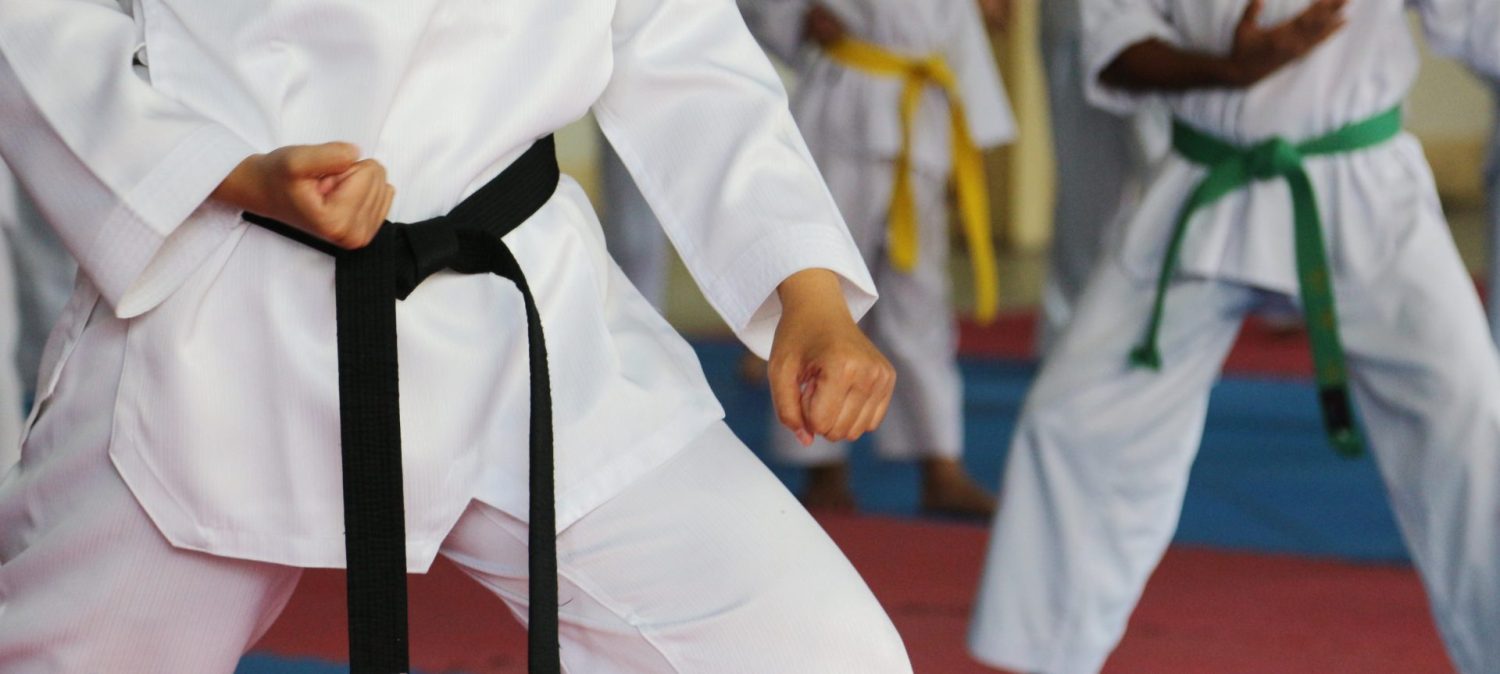
Navigating the intricate world of martial arts competitions involves understanding the rules and regulations that govern each discipline. From scoring systems to permissible techniques and mandatory protective gear, each sport adheres to a unique set of regulations.
- Scoring systems
- Muay Thai: Muay Thai competitions typically use a 10-point must system, with judges awarding points based on effective strikes, aggression, and dominance. Knockouts and knockdowns carry significant weight in scoring.
- Taekwondo: Taekwondo competitions employ an electronic scoring system, where points are awarded based on successful and controlled kicks to the scoring zones. Kicks to the head usually score more points than those to the body.
- Permissible Techniques
- Muay Thai: Muay Thai allows a wide range of striking techniques, including punches, kicks, elbows, and knee strikes. Clinch work is a crucial aspect, and fighters can score points through effective control and striking in the clinch.
- Taekwondo: Taekwondo primarily emphasizes kicking techniques, including front kicks, sidekicks, roundhouse kicks, and spinning kicks. Hand techniques are also permitted but are generally secondary to kicks.
- Protective Gears
- Muay Thai: Competitors in Muay Thai matches typically wear boxing gloves, shin guards, a mouthguard, and groin protection. While headgear is not mandatory in professional bouts, it is commonly used in amateur competitions.
- Taekwondo: Competitors in Taekwondo wear a hogu (body protector), headgear, hand and forearm guards, shin guards, and a mouthguard. Groin protection is also mandatory, ensuring the safety of participants.
Understanding the nuanced rules and regulations of Muay Thai and Taekwondo competitions provides insight into the specific criteria that shape these martial arts as both sports and disciplines.

Training Methods and Conditioning
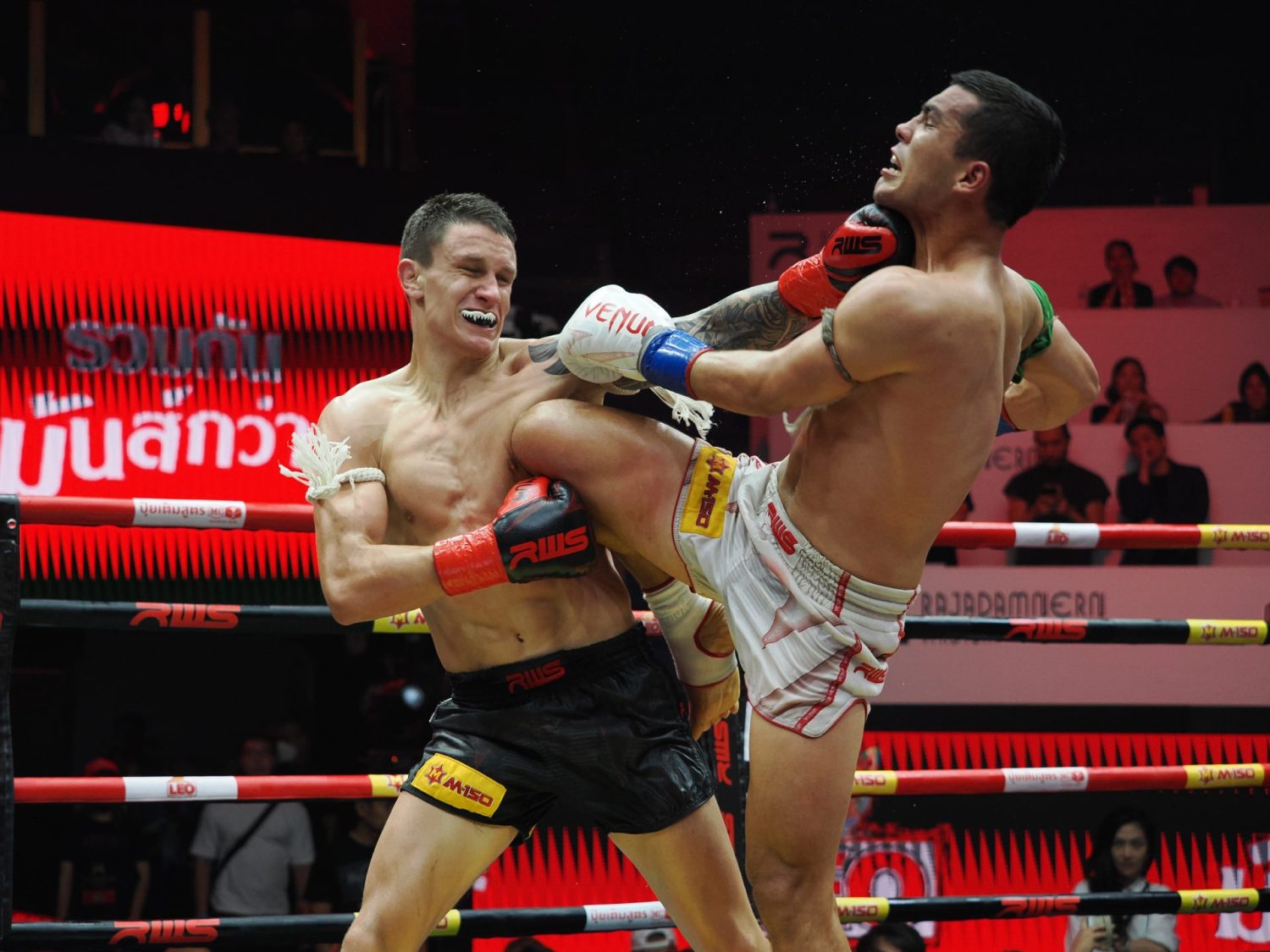
In this section, we are delving into Muay Thai and Taekwondo’s training methodologies and conditioning approaches. From the high-intensity conditioning and practical sparring sessions of Muay Thai to the dynamic kicking drills and precision-focused forms of Taekwondo, understanding the training methods provides valuable insights into the distinct paths these martial arts offer to aspiring practitioners.
- Conditioning Emphasis
- Muay Thai: Muay Thai training places a significant emphasis on cardiovascular conditioning to build endurance for the fast-paced nature of the sport. This includes running, skipping rope, and high-intensity interval training.
- Taekwondo: Taekwondo training emphasizes both cardiovascular and flexibility conditioning. Kicking drills, agility exercises, and dynamic stretching contribute to the overall physical readiness of practitioners.
- Sparring
- Muay Thai: Live sparring is a crucial component of Muay Thai training, allowing practitioners to apply techniques learned in a controlled, yet realistic, environment. Clinch work and defensive maneuvers are emphasized during sparring sessions.
- Taekwondo: Sparring sessions are integral to Taekwondo training, allowing practitioners to refine their kicking techniques, timing, and distancing. Controlled and point-based sparring is commonly used for skill development.
- Forms
- Muay Thai: Muay Thai traditionally does not incorporate forms or kata as seen in some other martial arts. Instead, the focus is on practical application and live training scenarios.
- Taekwondo: Taekwondo fighting style places a significant emphasis on forms, known as poomsae or kata, which are predetermined sequences of movements that allow practitioners to practice techniques with precision, focus, and fluidity.
- Specific Drills
- Muay Thai: Training drills in Muay Thai often involve repetitive practice of striking combinations, defensive maneuvers, and clinch work. Bag work and pad drills are commonly used to refine technique and power.
- Taekwondo: Training drills in Taekwondo include kicking combinations, stance work, and partner drills to enhance coordination and technique. Poomsae practice contributes to the development of precise and controlled movements.
Applications in Self-Defense and Competition
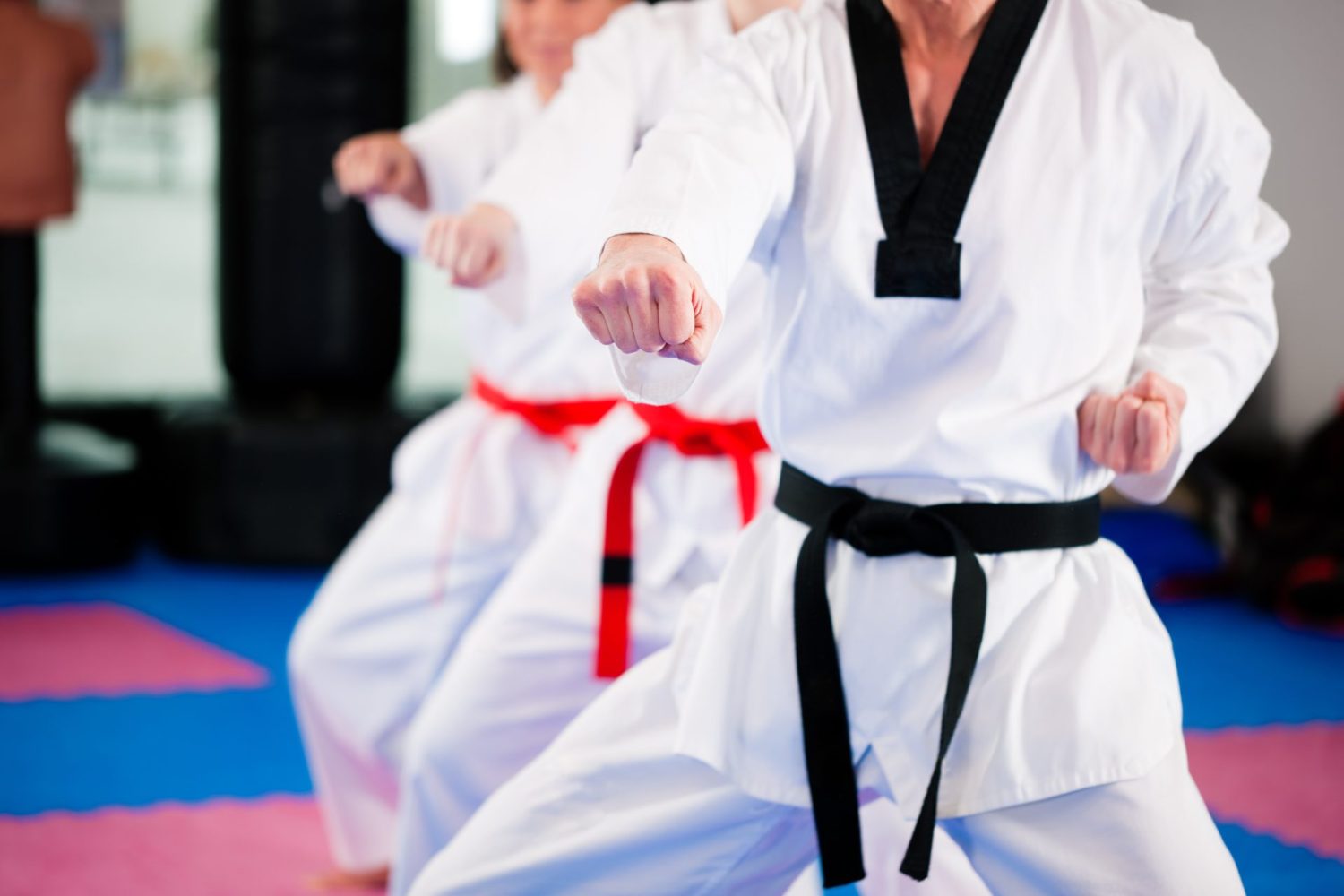
Now let’s examine the practical applications of techniques in self-defense, we explore how Muay Thai’s striking prowess and clinch work, along with Taekwondo’s dynamic kicks and strategic movements, can be employed in real-life situations.
Practical Applications in Self-Defense
Muay Thai
- Striking Proficiency: Muay Thai’s emphasis on powerful striking techniques provides practical applications for self-defense in stand-up situations. Quick and forceful punches, kicks, elbows, and knee strikes can be effective in repelling assailants.
- Clinch Work: The clinch work in Muay Thai equips practitioners with close-quarters control, offering strategies for neutralizing threats and creating opportunities for escape.
Taekwondo
- Kicking Techniques: Taekwondo’s dynamic kicking techniques, executed with speed and precision, can create distance and provide opportunities for self-defense. Kicks to vulnerable areas can be effective for deterring attackers.
- Strategic Movement: Taekwondo’s emphasis on agile footwork allows practitioners to evade and create space, contributing to effective self-defense strategies.
Effectiveness in Competitive Settings
Muay Thai
- Stand-Up Striking: Muay Thai’s effectiveness shines in stand-up striking exchanges. Its powerful techniques and conditioning make it a formidable style in point-based martial arts tournaments and the dynamic environment of MMA bouts.
- Clinch Domination: Muay Thai’s proficiency in the clinch provides a unique advantage, allowing practitioners to control opponents and deliver devastating knee strikes. This aspect makes it effective in both traditional and MMA competitions.
Taekwondo
- Point-Based Tournaments: Taekwondo’s point-based system in tournaments rewards controlled and accurate kicking techniques. The emphasis on speed and precision makes it well-suited for point-based competitions.
- Strategic Kicking in MMA: In MMA fights, Taekwondo practitioners can leverage their kicking expertise strategically, especially in creating distance and targeting vulnerable areas. However, adaptation to the diverse skill sets in MMA is crucial.
Cultural and Historical Context
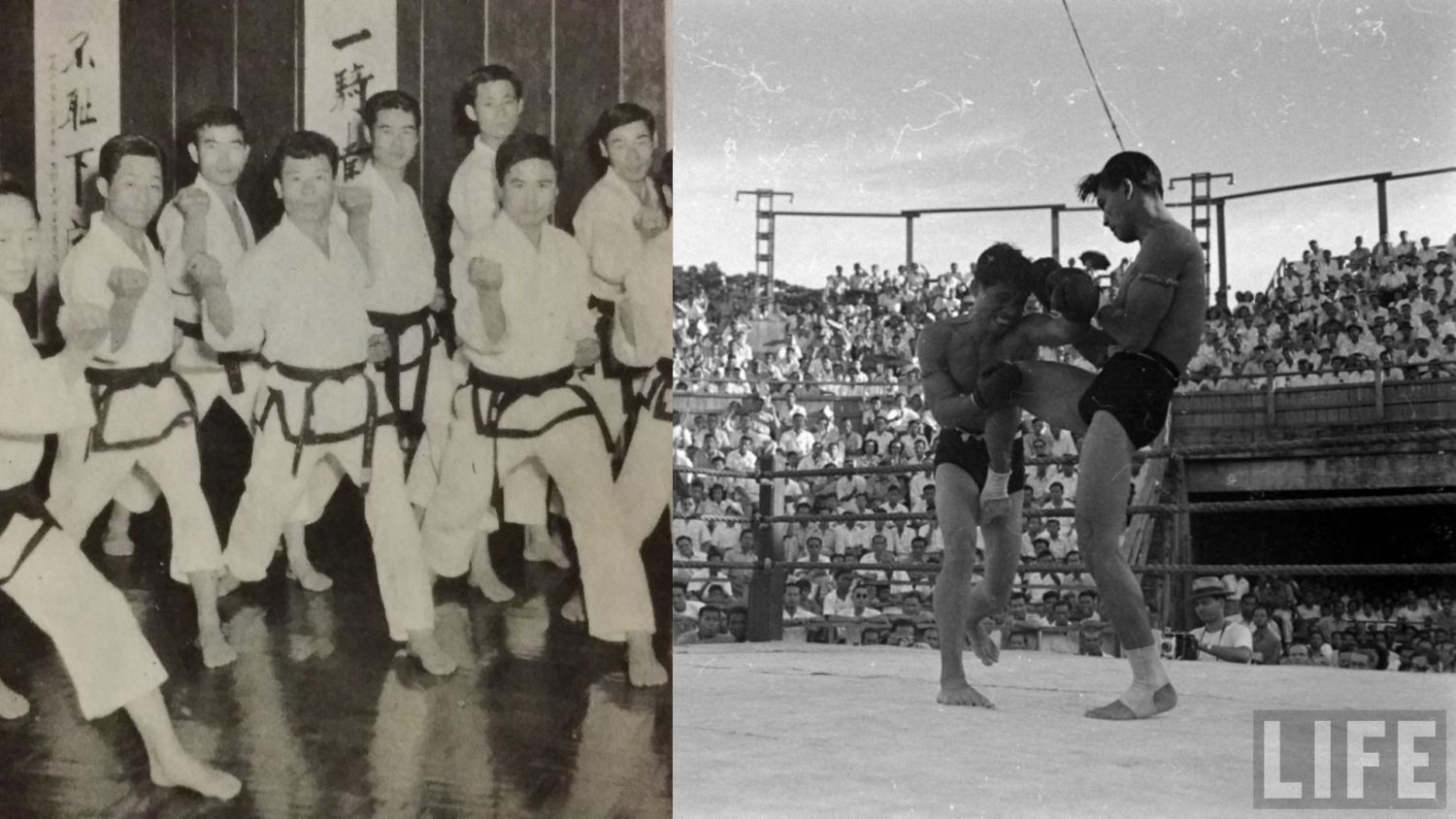
Muay Thai, deeply embedded in Thai history, originated from ancient battlefield techniques and evolved into a cultural practice. More than a sport, it is a revered tradition reflecting Thai identity.
Meanwhile, Taekwondo, rooted in ancient Korean martial arts, found formalization after the Korean War. It reflects Korea’s cultural values with an emphasis on discipline and respect. Taekwondo’s development integrated sportive aspects while maintaining cultural roots. Its inclusion in the Olympics solidified global recognition while preserving its cultural essence.
Cultural influences have shaped both martial arts, making Muay Thai a symbol of Thai heritage and resilience, and Taekwondo a reflection of Korean identity and values.
Muay Thai vs Taekwondo: Which One is Better?
For those deliberating if Muay Thai or Taekwondo is better, the decision ultimately hinges on personal preferences, fitness goals, and desired skill sets. Each martial art offers unique advantages, and the choice depends on what aligns best with individual aspirations such as;
- Personal Preferences
- Fitness Goals
- Desired Skill Sets
While both martial arts have their merits, Muay Thai’s versatility, real-world applicability, and adaptability in MMA make it a compelling option for those seeking a comprehensive and effective martial art.
Conclusion
In conclusion, Muay Thai and Taekwondo offer distinct martial arts experiences. Muay Thai, known for powerful striking and adaptability in real-world scenarios, contrasts with Taekwondo’s focus on dynamic kicks and precision. While both promote fitness and discipline, Muay Thai’s versatility and real-world applicability stand out. Explore both disciplines to make an informed decision aligned with your interests. However, for those who are interested in Muay Thai, witness the authentic action by securing match tickets now at the most authentic Muay Thai stadium, Rajadamnern, for a firsthand experience of this ancient martial art.

Related News
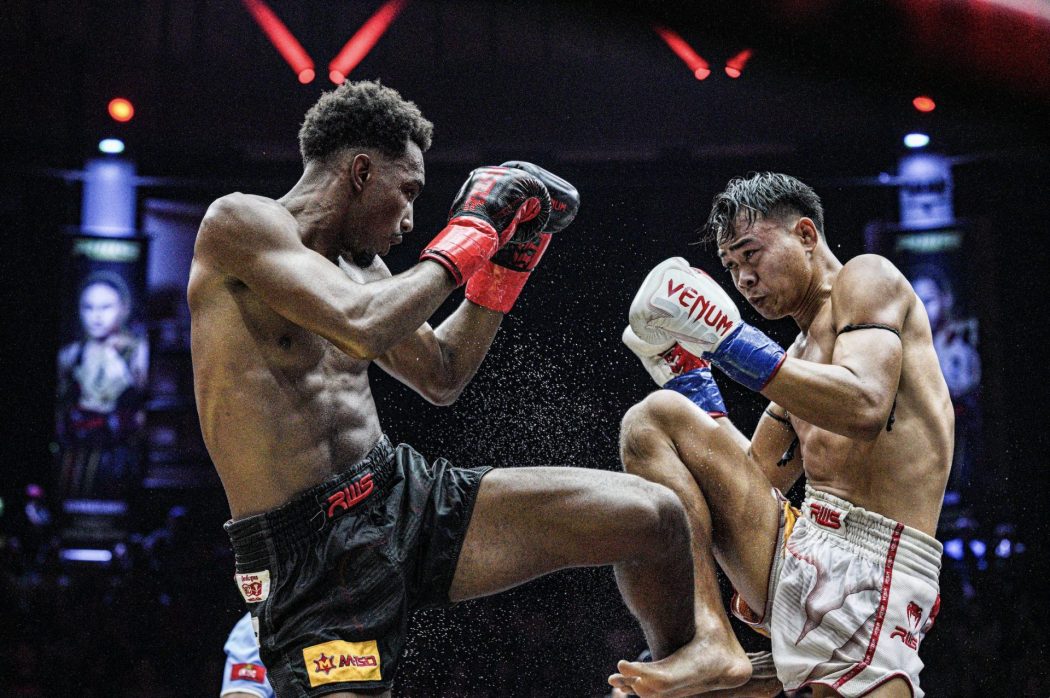
Weight Class Muay Thai Break Down
Apr 12, 2024
Dive into the intricacies of Muay Thai weight classes, understand their impact on fights, and experience the thrill live at Muay Thai Stadium.




